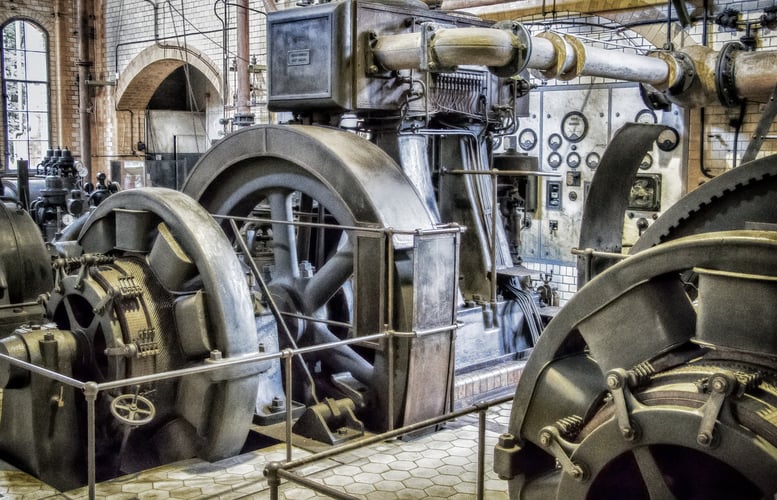 Understanding the behavior of equipment over its full lifetime helps you understand the importance, and the need, for proactive maintenance.
Understanding the behavior of equipment over its full lifetime helps you understand the importance, and the need, for proactive maintenance.
The alternative would be to do nothing and leave your maintenance strategy to chance and only repair equipment when it breaks. This method is called reactive maintenance. Reactive maintenance is by far the least cost effective, and the most unsafe and inefficient method of maintenance a company can employ.
With all equipment only one thing is inevitable and that is over time it, without intervention, it will eventually fail. Our technology and equipment do not last forever and in certain instances, barely last weeks, conversely some equipment can last for a generation without any issues.
That is the core truth about equipment, it will fail at some point. Unfortunately, it can be difficult to know which part will fail or even when it will fail. The core aim of equipment reliability programs is to be better aware of when these failures are likely to happen. The essence of maintenance is to control the process of downtime and better understand the probability and even make predictions on when it might happen.
Modern day society has a huge grounding in technology and we depend on equipment and machinery heavily to keep everything moving. Understanding how equipment behaves within its operational life and what makes it fail, allows us to put in place the appropriate maintenance strategies to maintain lifetime reliability.
Companies need to be aware of maintenance and operating practices which can control and even eliminate downtime and failure, ensuring you deliver excellent equipment reliability.
Studies conducted in the 70s and 80s on airplane and naval ship equipment, concluded that there were 6 separate equipment failure patterns, or equipment reliability curves.
As equipment reliability professionals we aim to change these curves in two ways. First, to prevent equipment failing by switching out the faulty components prior to their actual failure, or secondly, to extend the time between failures.
Extending the time between failures is all about increasing the reliability of the equipment, whereas renewing and replacing components to prevent failure is key to successful reliability centered maintenance programs.
The whole concept of reliability centered maintenance is to keep things working as they were they are intended to; whereas, the lack of good maintenance, can almost always guarantee premature failure.
Three questions to ask yourself about your maintenance are: What is the right maintenance? How much is enough? And when is it best to do it?
In short, doing appropriate maintenance allows for the reduction of failure. ‘Do’ maintenance and the equipment will run for longer - ‘do not’, and the equipment will fail sooner.
Fractal Solutions is a global leader in physical asset management and reliability, to learn more about your equipment reliability and reliability centered maintenance for your plant or factory speak to one of our team.



